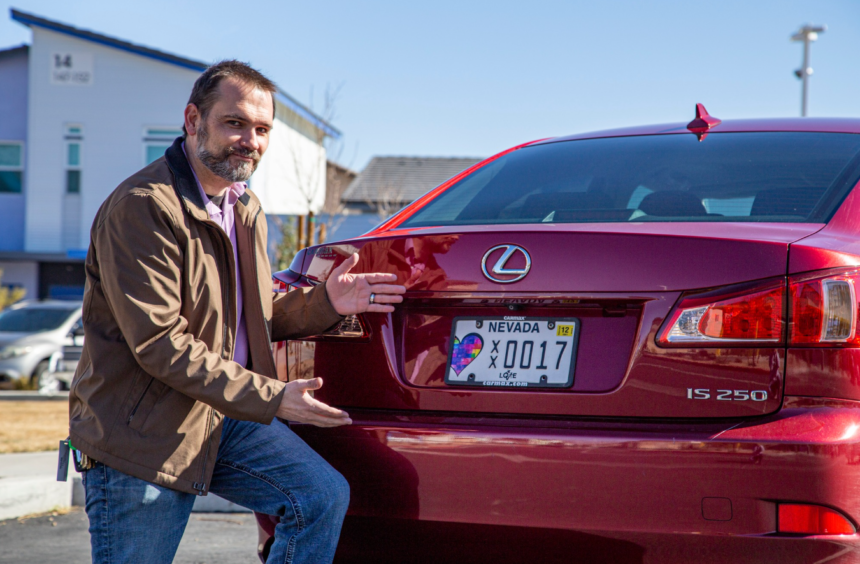Most people become licensed drivers at some point. If you live somewhere with excellent public transportation, then you may not feel it’s necessary. However, most individuals feel that having a driver’s license can help them in many other ways besides just potential vehicle ownership, so they may factor that in as well.
If you become a licensed driver, then you’ll also probably realize that any vehicle you drive needs a license plate. You likely know about the necessity of having a front license plate, but how much besides that do you know? Some drivers don’t necessarily understand crucial license plate laws, and that can come back to bite them sometimes.
In this article, we’ll talk about license plates in a little more detail. As a licensed driver, you should definitely know a few of the basics.
States Govern License Plate Laws
First, we should start by saying that states have individual rules that govern the use of license plates, and not the federal government. This area falls into the category of a state’s individual rights.
Since every state has slightly different desires regarding what they want legal for their citizenry, don’t let it surprise you if, when you cross from one state into another as a motorist, you might have to deal with slightly different license plate laws for your vehicle. The laws probably won’t change all that much, but they’re likely not identical, either.
Do You Need Two License Plates or One?
In some states, you must display two license plates on your car, while in others, you only legally need to show one. To be more specific, right now, 29 states demand that you show both a front and rear plate, while the remaining 21 only need you to show one.
If you’re in a state that only needs you to have one license plate showing on your vehicle, then the state governments want you to show it on the car’s rear section. The other 29 want you to show the license plate on both the front and back.
You Can Look Up Rules Regarding License Plates on the DMV Website
If you’re not sure about whether you need to show both license plates on your car or just one in your particular state, then you can go to the DMV website for that state and look at some of the particulars. The site should state clearly and explicitly not just whether you need one license plate or two, but also any other rules or laws you must follow in this area.
If you’re in a state that wants you to show a license plate on both the front and back of the car, that’s probably because the state’s government felt that they wanted their law enforcement officers to be able to identify the car when either in front of it or behind it. This way, the officers can enforce traffic laws easier. They can also run the plates of any vehicle to see if the driver has active warrants if they see that vehicle behaving erratically.
Do Any Exceptions Exist?
You might also want to know whether you can get away with driving without a rear license plate. That’s illegal in all 50 states, but you get a little leeway under certain very specific circumstances.
For instance, if you purchase a new car, then you might have to wait for a couple of weeks for the new license plate to come in the mail. Until that time, you can drive around with the necessary paperwork that you can have with you in the vehicle.
You might keep it in the glove compartment or the car’s center consol. If the police pull you over, you can take it out and show it to them.
If some police officers see you driving without a license plate on the back of the car, they might pull you over, or they may let it go. If you’re driving erratically, though, and you don’t have a rear license plate showing, that’s a prime situation where an officer might pull you over to have a talk with you.
More Details About How to Display Your License Plates
Let’s conclude by picking a random state and briefly running down what license plate use on a vehicle looks like there. We’ll choose New York.
New York requires that you show a license plate on both the front and rear of the vehicle. The license plates must have the same numbers and letters on the front and rear.
The state also mandates that you must secure the license plates on the vehicle’s back and front so that they don’t swing around while you’re driving. The car must show the rear license plate’s numbers and letters clearly in darkness or low-light conditions.
There must be no obstruction that keeps a police officer or some other official from being able to read it when they go past. That means you can’t keep a glass or plastic cover over the plate, or anything else that makes it difficult to see any of the numerals or letters.
The car must display the plates no closer to the ground than 12 inches and no higher than 48. Most vehicles will automatically have a spot for the license plate that’s within that range, so this shouldn’t ever become an issue, unless you placed the license plate in an unusual spot.
What Might Happen if You Violate License Plate Laws?
If you violate the license plate laws in your state, and a cop pulls you over, then they will probably give you a ticket, assuming you don’t have any active warrants. If they run your plate number, find out you’re the owner, and that you have a suspended license or anything along those lines, then you could face arrest.
In general, though, if you follow the license plate laws in your state, you shouldn’t see any police action for something this trivial.













